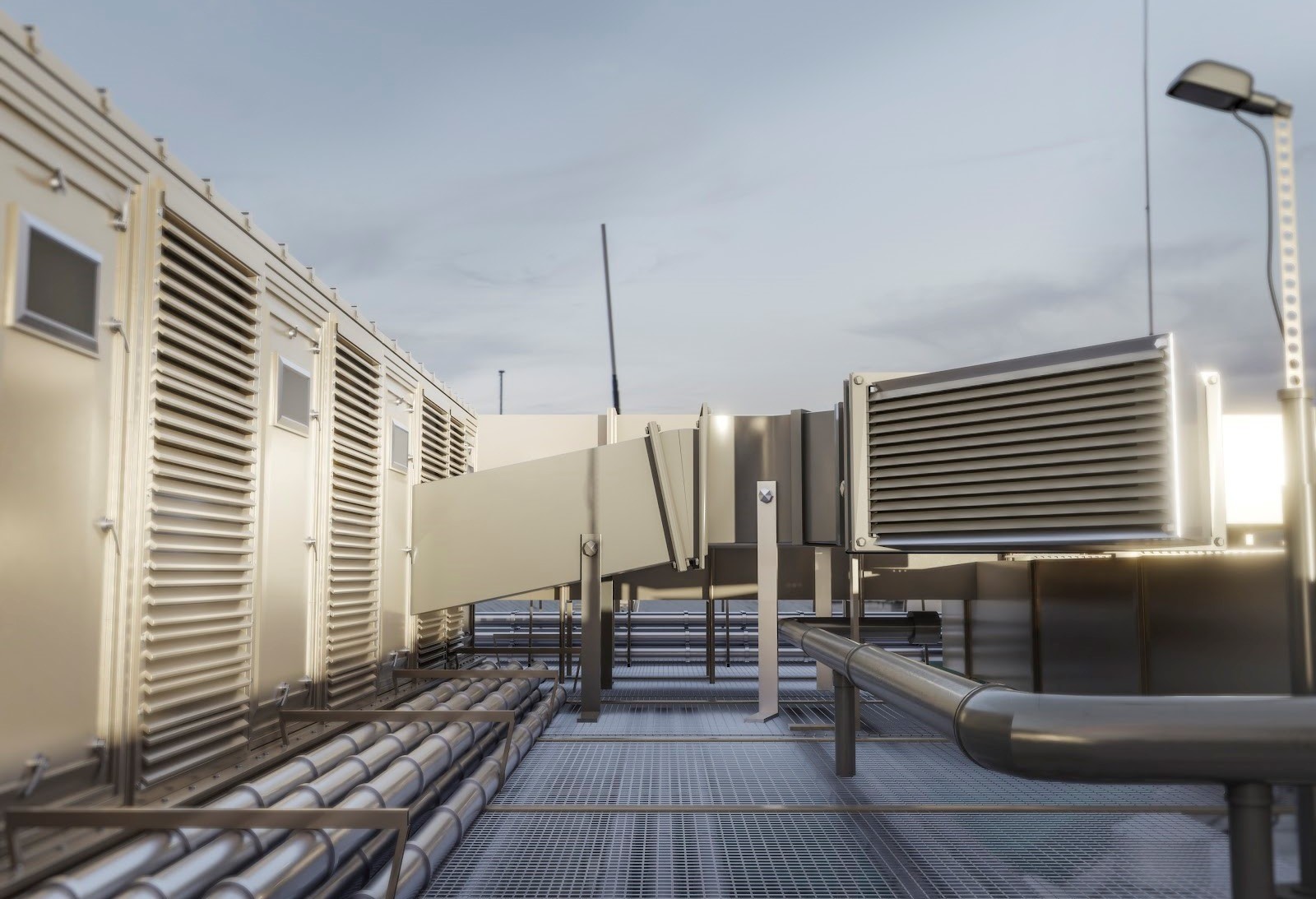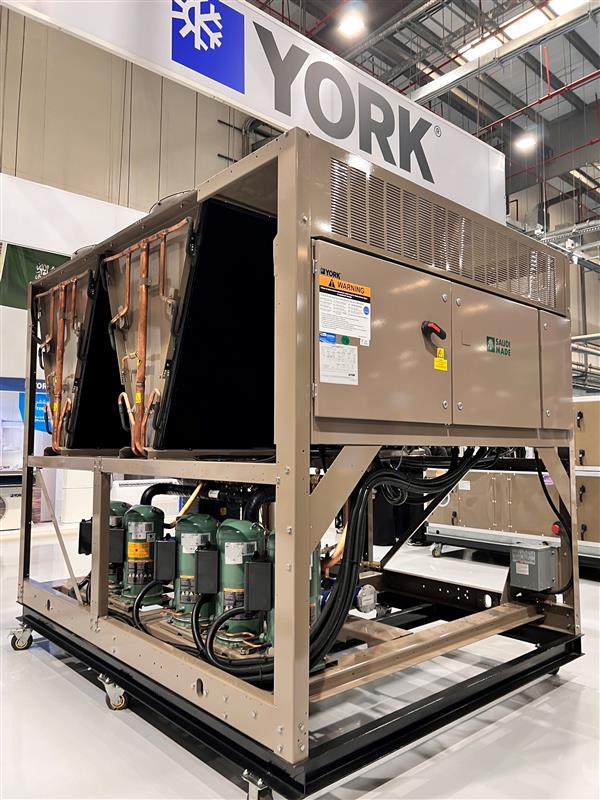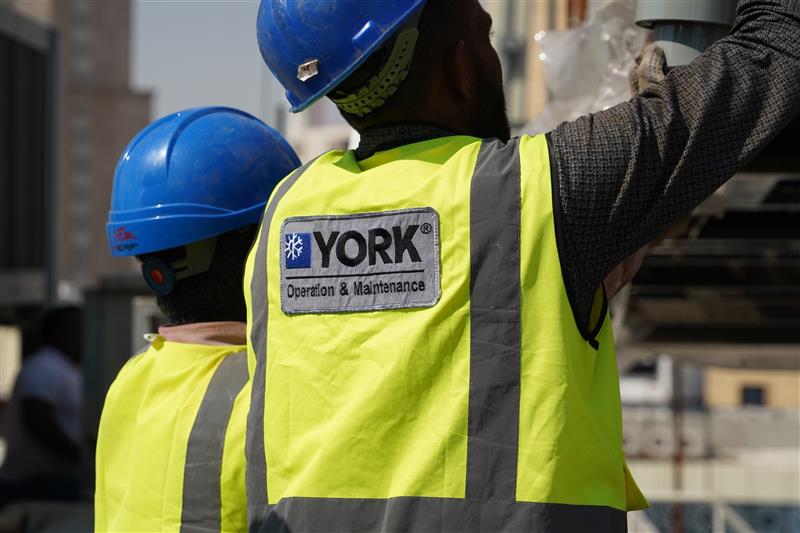Fan coil units (FCUs) are widely used in modern HVAC systems to deliver comfortable indoor climates. They provide localized heating or cooling without the need for extensive ductwork, which makes them ideal for buildings where flexibility and energy efficiency are priorities.
In this article, we'll explore how fan coil units work, why they're especially well-suited for commercial applications, and what benefits they bring to buildings in terms of energy savings, indoor air quality, and comfort.
CONTENTS
-
Energy Efficiency and Cost Savings with Fan Coil Solutions
-
Enhancing Comfort and Air Quality Indoors
-
Simplified Installation and Retrofitting
-
Compatibility with Smart Building Systems
-
Low Maintenance
What Are Fan Coil Units in HVAC and How Do They Work?
Fan Coil Units (FCUs) are compact HVAC components that integrate a fan with a heat-exchange coil. They draw air from the room, pass it over a coil connected to either a boiler or chiller, and then recirculate the conditioned air back into the space.
While FCUs are part of a larger HVAC system, they operate independently within individual rooms or zones. This decentralized control allows for flexible temperature management tailored to specific areas, making them ideal for a wide range of applications—from residential buildings to commercial spaces.
Due to their localized operation, FCUs can be discreetly installed in various locations such as above ceilings, inside utility closets, or beneath floors, offering both efficiency and design versatility.
Key Components of a Typical FCU
- Fan: Circulates air over the coil and distributes it through the room.
- Coil: Carries hot or chilled water from a central plant; some models use electric heaters.
- Filter: Traps dust and particulates to maintain indoor air quality.
- Thermostat or control system: Allows occupants or a building management system to set the desired temperature.
Common Fan Coil Unit Configurations in Commercial Buildings
Most fan coil units used in commercial buildings are hydronic systems, which use water rather than refrigerant as the heat-transfer medium.
In these systems, water heated by a boiler or chilled by a central system circulates through coils inside the unit. As room air is drawn in by the fan, it passes over the coil, where it is either heated or cooled before being recirculated into the space.
Fan coil units come in two main configurations:
- Two‑pipe systems: Supply either hot or chilled water depending on the season
- Four‑pipe systems: supply both hot and chilled water, allowing simultaneous heating and cooling in different zones.
Why Fan Coil Units Are Ideal for Commercial Buildings
Commercial buildings have varied occupancy patterns; hotel rooms, offices, retail spaces, classrooms, and more. FCUs are well‑suited to these environments because they offer zoning flexibility. By conditioning individual rooms rather than the whole building, energy is directed only where it is needed.
They are usually compact and require minimal ductwork, freeing up valuable space and simplifying coordination with other building services.
- Other reasons FCUs are popular in commercial projects:
- Quiet operation: Because fan coil units lack compressors and use variable‑speed fans, they produce less noise.
- Flexible installation: Units can be mounted on walls, ceilings, or floors and are available in various dimensions and finishes.
- Scalability: FCUs can be added gradually, making them a practical option for phased upgrades.
Benefits of Fan Coil Units for Commercial Buildings
In addition to their adaptable design and cooling and heating flexibility, fan coil units bring a range of operational and economic advantages worth considering.
Energy Efficiency and Cost Savings with Fan Coil Solutions
One of the key strengths of FCUs is their energy efficiency, especially when used with variable speed fans and advanced thermostatic controls. Unlike centralized HVAC systems that condition large zones regardless of occupancy, FCUs can:
- Operate only when needed, reducing energy waste.
- Take advantage of free cooling (using cool outside air when conditions allow) to reduce mechanical cooling demand.
- Work in conjunction with energy-efficient chillers or boilers, creating a cost-effective total system.
These advantages translate to lower energy bills and reduced carbon footprints, helping facilities cut costs and meet sustainability goals or green building certificates.
Enhancing Comfort and Air Quality Indoors
Fan coil units offer excellent thermal comfort thanks to their quick response times and localized control. Building occupants can fine-tune settings to their exact preferences, which enhances satisfaction and productivity.
In terms of air quality, FCUs can include integrated filters to remove dust and particulates from the air. When combined with high-efficiency filters and regular maintenance, they contribute to healthier indoor environments, which is a growing concern in building design.
Simplified Installation and Retrofitting
Fan coil systems require minimal ductwork, making them ideal for:
- High-rise buildings where space is limited
- Renovations or historical buildings where infrastructure updates are challenging
- Phased construction projects that demand flexibility
Their compact nature allows them to be installed close to the spaces they serve, which also minimizes installation time and costs.
Compatibility with Smart Building Systems
Modern FCUs can be integrated with building management systems (BMS) for:
- Centralized monitoring
- Occupancy-based scheduling
- Demand-response energy management
Low Maintenance
With fewer moving parts and no complicated ductwork, FCUs require minimal servicing beyond routine filter cleaning and coil checks.
Choosing the Right Fan Coil Solution
When selecting FCUs for a building, building managers can consider the following factors:
- Room size and layout: Larger rooms may require multiple units or higher‑capacity models. Choose wall‑mounted, ceiling‑mounted, or floor‑standing units based on space constraints.
- Heating and cooling needs: Decide between two‑pipe and four‑pipe systems. Four‑pipe systems allow simultaneous heating and cooling in different zones but are more complex in terms of installation and controls.
- Energy efficiency: Look for models with EC motors, variable‑speed fans, and compatibility with renewable energy sources. Hydronic units generally have lower energy requirements.
- Noise levels: Check manufacturer data for acoustic performance and select low‑noise units for noise‑sensitive areas.
- Maintenance access: Ensure that filters and coils are easy to access for cleaning or replacement.
Delivering Comfort and Efficiency with YORK Fan Coil Solutions
At Johnson Controls Arabia, we engineer our YORK® fan coil units to deliver exceptional comfort, performance, and adaptability for today's dynamic commercial building environments.
Whether it's a low-static or high-static unit, a cassette model, or a ducted solution, our fan coil systems are designed to integrate seamlessly with chilled water and district cooling networks. We offer both two-pipe and four-pipe configurations, along with horizontal and vertical mounting options, to ensure precise climate control for any zone.
Contact us today to learn more and choose the ideal fan coil system for your building requirements.




































